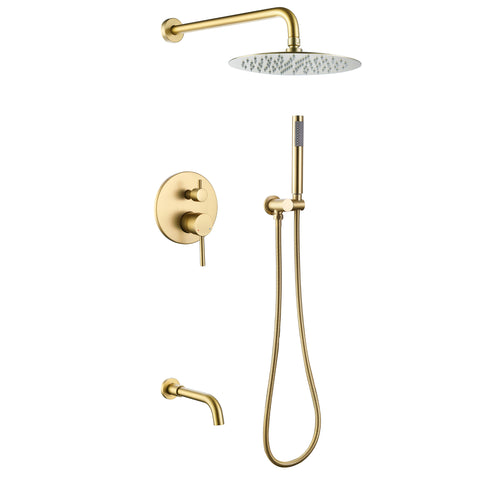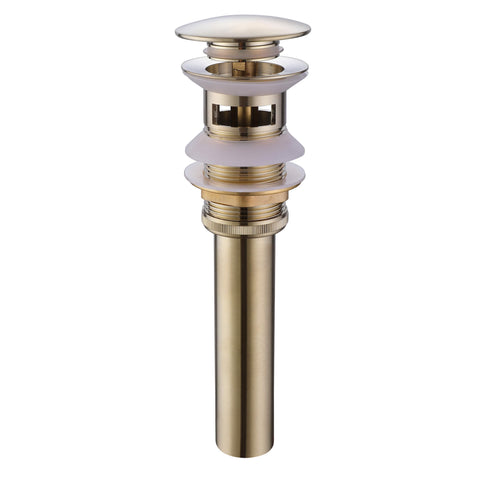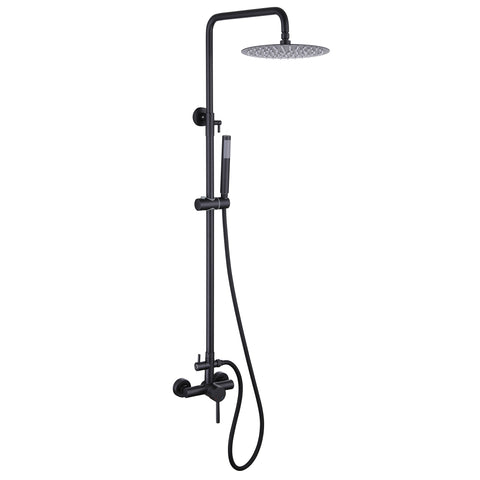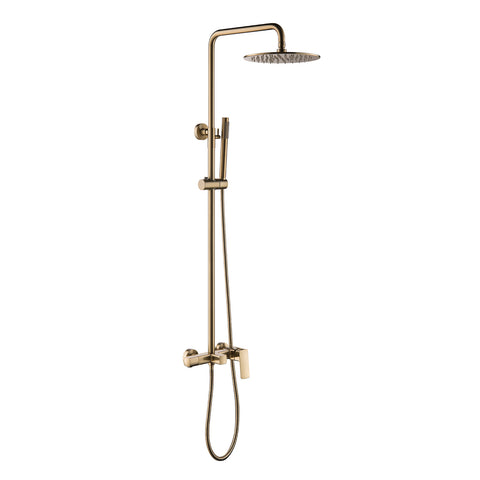Troubleshooting and Solutions for Dripping Faucets
Common Causes of Dripping Faucets
Before diving into the solutions, it's crucial to understand the common culprits behind dripping faucets. Identifying the root cause will help you choose the right approach for fixing the problem.
- Worn-Out Washer: Most traditional faucets have rubber or plastic washers that create a seal to prevent water from flowing when the faucet is in the off position. Over time, these washers can wear out, crack, or become damaged, causing leaks.
- Corroded Valve Seat: The valve seat is the connection between the faucet and the spout. When it corrodes, it can lead to leaks around the spout area.
- Loose Parts: Faucets have several moving parts, including screws, O-rings, and seals. If any of these become loose or damaged, they can result in leaks.
- High Water Pressure: Excessively high water pressure can put stress on your plumbing system, leading to leaks in various fixtures, including faucets.
- Improper Installation: Sometimes, a faucet may leak due to improper installation. If the faucet wasn't installed correctly, it may not create a watertight seal.
Troubleshooting and Solutions
Now that we've identified the common causes, let's explore how to troubleshoot and fix a dripping faucet.
Replace the Washer:
- Turn off the water supply to the faucet.
- Remove the handle and escutcheon cap to access the valve assembly.
- Use a wrench to unscrew the valve assembly.
- Remove the old washer and replace it with a new one of the same size and type.
- Reassemble the faucet and turn the water supply back on.
Clean or Replace the Valve Seat:
- After removing the valve assembly, use a valve seat wrench to remove the valve seat.
- Inspect the seat for corrosion or damage. If it's corroded, clean it with a wire brush or replace it.
- Reassemble the faucet and turn on the water to check for leaks.
Tighten Loose Parts:
- Inspect all the parts for looseness or damage.
- Tighten any loose screws, nuts, or O-rings.
- Replace damaged parts as necessary.
Install a Pressure Reducing Valve:
- If you suspect high water pressure is causing the leaks, consider installing a pressure reducing valve (PRV) in your plumbing system.
- A PRV will regulate the water pressure and prevent damage to your faucets and other fixtures.
- Seek Professional Help for Installation Issues:
- If you suspect improper installation is the root cause, it's best to consult a professional plumber to re-install the faucet correctly.
Conclusion
A dripping faucet may seem like a minor inconvenience, but it can waste a significant amount of water and money over time. By identifying the common causes and following these troubleshooting and solution steps, you can put an end to that persistent drip and keep your plumbing system in good working order. Remember that if you're unsure about any aspect of faucet repair, it's always a good idea to consult a professional plumber to ensure the job is done correctly.













